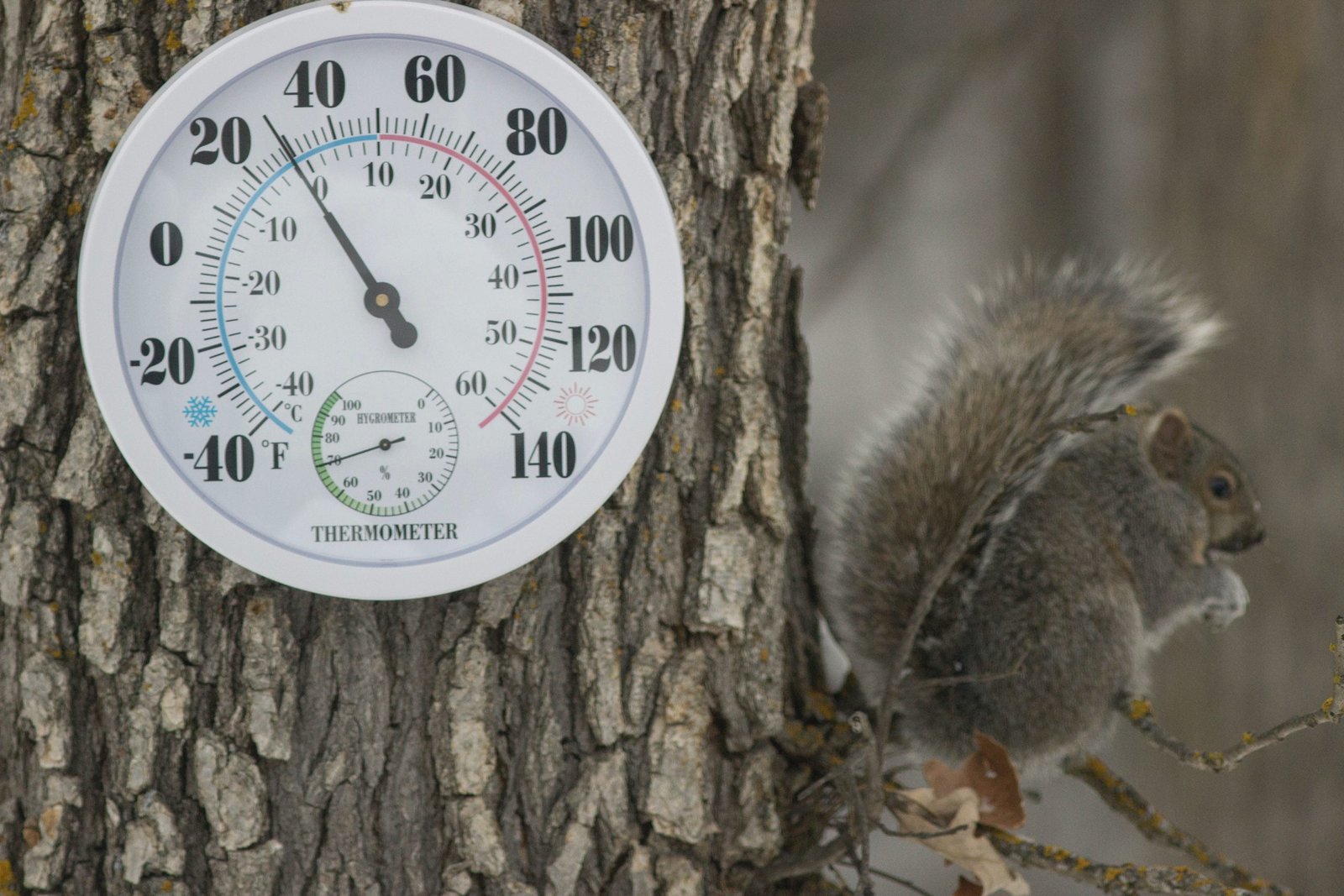Heating and Cooling Degree Days (HDD and CDD) are essential tools in understanding and managing energy consumption, especially in the context of building heating and cooling requirements. These metrics offer a simplified way to gauge the energy demand based on temperature variations.
Understanding Degree Days
The concept of “Degree Days” is based on a simple premise. When the outside temperature is 65°F, buildings typically do not require heating or cooling to maintain interior comfort levels. Degree days are calculated by comparing the average daily outdoor temperature to this base temperature of 65°F.
For example, the chart below shows 20-year average temperatures for Sheridan, Wyoming in the US, relative to the 65°F base temperature:
Heating Degree Days (HDD)
HDDs measure the demand for energy to heat a building. They are calculated for days when the mean temperature is below 65°F. The formula for HDD is straightforward: if the daily average temperature is lower than 65°F, the difference between 65°F and the daily average is the HDD value for that day. For example, if the average temperature over a day is 40°F, then the HDD for that day would be 25 (65 – 40). Over time, these degree days can be accumulated to give an idea of the heating requirement for a season or a year.
Cooling Degree Days (CDD)
Conversely, CDDs measure the need for cooling. They come into play when the mean temperature is above 65°F. The calculation for CDD is similar but in reverse: subtract 65°F from the day’s average temperature. For instance, if the average temperature is 80°F, the CDD for that day would be 15 (80 – 65). Accumulating CDDs over time helps in understanding the cooling requirements for a building in a given period.
Here’s a chart showing monthly HDDs and CDDs for Sheridan, Wyoming, based on the temperature data above. Staying warm is the primary concern for buildings in this cold-climate area.
Applications and Importance
Both HDDs and CDDs are pivotal in analyzing and predicting energy usage, particularly for heating and cooling systems. They provide a baseline for understanding how external temperatures impact energy consumption, thereby allowing for more efficient energy management and planning.
For instance, a region with high HDDs indicates a significant demand for heating, while high CDDs suggest greater cooling requirements. This information is crucial for energy and building managers, as it assists in identifying trends in energy performance, operational changes affecting energy consumption, and methodologies for energy budgeting.
Other Considerations
It’s important to note that while HDDs and CDDs offer valuable insights, they are not the only factors determining a building’s energy usage. The insulation level, the amount of solar radiation reaching the interior, the number of electrical appliances, wind speed, and indoor humidity levels, among others, also significantly influence the actual energy requirement. Moreover, the baseline temperature of 65°F might not be applicable universally, as different regions may have different comfort levels or baseline temperatures.
Conclusion
Heating and Cooling Degree Days are vital tools in energy management, providing a simplified yet effective way to estimate the heating and cooling requirements based on temperature variations. Understanding and utilizing these metrics can lead to more informed decisions in energy usage, efficiency improvements, and cost savings in building operations.
References
- National Weather Service: Heating and Cooling Degree Days
- U.S. Energy Information Administration (EIA): Degree-days
- Wikipedia: Heating degree day
Products
[amazon box=”B01N5TEHLI”]
As an Amazon Associate Sufficient.ai earns a commission from qualifying purchases.




